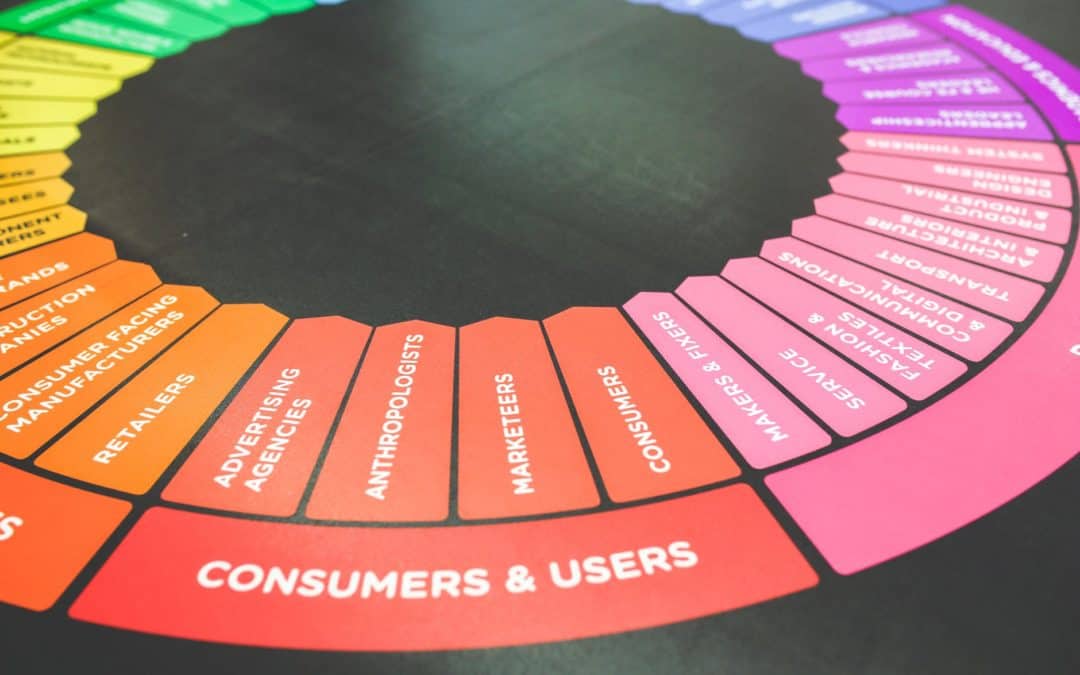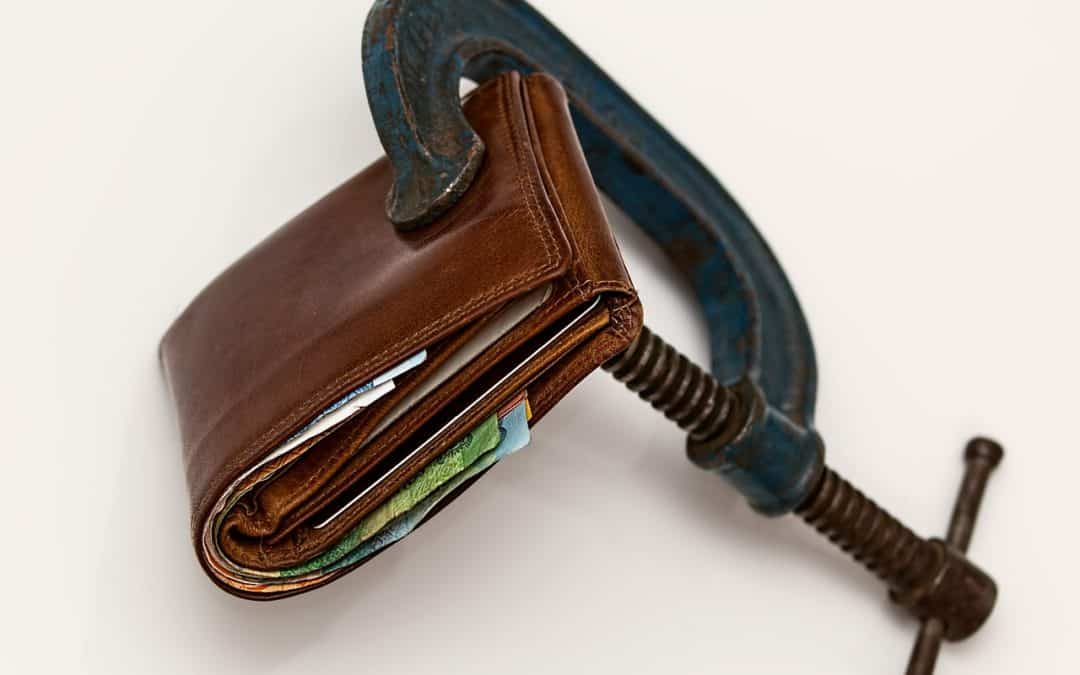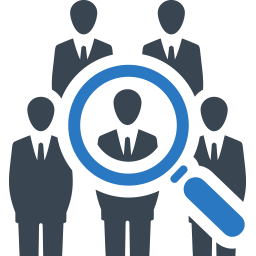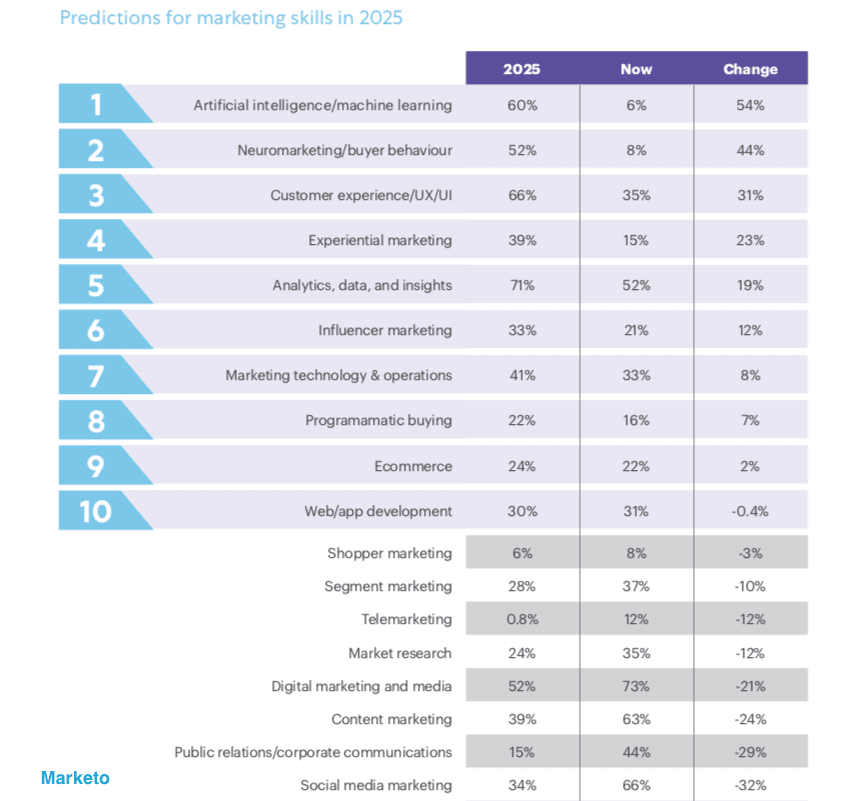The Evolution of SEO in 2024: Insights for Your 2025 Strategy 💡
Search engine optimization (SEO) has always been an ever-evolving field, but 2024 saw some of the most groundbreaking changes to date. To truly thrive in 2025, businesses need to stay ahead of the curve and adapt their strategies to the new realities of search engine results pages (SERPs).
Imagine you’re a small business owner in Sydney. You’ve spent months perfecting your website, but when you search for your key services on Google, your site isn’t the first thing you see. Instead, an AI-generated summary takes the spotlight. It’s a wake-up call: the SEO game has changed. For Australians, where nearly 92% of search engine traffic flows through Google, understanding these shifts is critical to staying competitive.
Let’s dive into how SEO evolved in 2024, why these changes matter, and what you can do to ensure your strategy is ready for what’s next. 🌟
A New Era of Search – How AI Overviews Are Changing Google SERPs 🧠
The Rise of AI in Search
Google’s AI-generated search summaries have reshaped the way users interact with search results. Rather than scrolling through traditional organic links, many users now find their answers directly within AI-generated overviews. This means fewer clicks for individual websites and increased competition for visibility.
For example, the introduction of Google’s SGE (Search Generative Experience) in 2024 led to dynamic AI-driven responses. In Australia, where nearly 85% of people own smartphones, these changes are especially impactful as mobile users seek quick answers on the go.
Actionable Strategies
- Optimise for Featured Snippets: Position your content to be part of the AI summaries by using clear, concise answers and schema markup or structured data.
- Focus on Originality: While AI can summarise information, unique and nuanced insights will set your content apart.
- Build Loyalty Beyond Google: Use newsletters, social media, and direct outreach to maintain user engagement even if search traffic dips.
Pro Tip:
Don’t just write for algorithms. Write for humans. Authentic, engaging content will always have a place, even in an AI-dominated landscape. 🌐
The Explosion of AI-Generated Content 🔄
Content Saturation Reaches a New High
AI tools like ChatGPT and Bard (Google Gemini) have made content creation accessible to everyone, leading to an unprecedented volume of new content. While this democratization is exciting, it’s also creating a challenge: standing out in a sea of sameness.
In industries like real estate and retail, Australian businesses are seeing heightened competition online. Yet, research shows that 72% of Australians trust businesses that provide helpful and authentic content over generic or sales-driven posts.
The Human Touch as Your Superpower
Australian businesses, particularly SMEs (which account for 97.5% of all businesses in the country), can gain an edge by emphasizing their unique voice and perspective. Consumers are drawn to authenticity, storytelling, and a genuine understanding of their needs.
Pro Tips:
-
Integrate Personal Stories: Share case studies, customer success stories, and behind-the-scenes insights. For instance, if you’re a cafe owner, talk about the local farmers who supply your coffee beans.
-
Audit Your Content: Regularly review and refine older content to ensure it reflects your brand’s expertise and relevance.
Google vs. AI-Generated Content – The New Quality Benchmark 🔺
Google’s Fight Against Low-Quality Content
Google has made it clear that while AI-generated content isn’t inherently penalised, quality remains king. Their algorithm updates in 2024 prioritized depth, accuracy, and authority.
How to Stay on Google’s Good Side;
-
E-A-T Framework – Demonstrate Expertise, Authoritativeness, and Trustworthiness in every piece of content.
-
Fact-Check Everything – Provide well-sourced and accurate information, especially when targeting niche audiences in Australia.
-
Invest in Multimedia – Use infographics, videos, and interactive elements (quizzes, surveys etc) to enhance user experience.
The Shift to Forum and Tool-Based Content 🔧
Google’s Preference for Community-Driven Content
In 2024, there was a noticeable uptick in the prominence of forum discussions, like Reddit and Quora, and interactive tools in SERPs. These platforms are thriving because users increasingly value authentic, community-driven insights over corporate content.
For instance, Australians searching for “how to lodge a tax return” are more likely to trust practical advice from real users on forums than an overly generic article.
What This Means for You:
-
Be Part of the Conversation: Participate in relevant forums and answer questions to build credibility and drive traffic back to your site.
-
Create Tools and Resources: Think calculators, quizzes, or even checklists that provide practical value to your audience.
-
Highlight User Reviews: Showcase authentic feedback and testimonials to build trust and improve rankings. 💰
The Challenges Facing Affiliate and Niche Websites 📈
Navigating the New SEO Landscape
Affiliate and niche websites, which often rely on evergreen content, are being squeezed out by dynamic AI summaries and authoritative domains. This is especially true in competitive spaces like tech and lifestyle.
How to Adapt:
-
Diversify Your Income Streams: Explore ad revenue, memberships, and sponsored content.
-
Expand Content Types: Don’t just rely on blogs—invest in video content, podcasts, and live events.
-
Focus on Relationships: Partner with brands and influencers to create mutually beneficial opportunities.
Parasite SEO; A Growing Concern 🚫
What Is Parasite SEO?
Parasite SEO involves using high-authority domains to rank content, often in ways that exploit loopholes. While effective in the short term, it’s not a sustainable strategy.
Why It’s a Risky Game:
A Better Approach:
Google’s Monopoly and Its Ripple Effects 🎮
Regulatory Scrutiny in 2024
With Australian regulators taking a closer look at Google’s dominance, there’s a growing chance that search engines may face new restrictions or changes.
Preparing for Change:
-
Explore Alternatives: Optimize for Bing, DuckDuckGo, and other platforms.
-
Monitor Policy Updates: Stay informed about regulatory developments that could impact SEO practices.
-
Adapt Your Strategy: Diversify traffic sources and reduce dependency on Google.
Takeaways for SEO Success in 2025 🌐
Embrace AI as a Tool, Not a Crutch
AI can streamline content creation and analysis, but it’s not a replacement for genuine human insight. Use it to augment your efforts, not define them.
Focus on the User Experience
Google’s ultimate goal is to deliver value to its users. Make sure your website is:
-
Mobile-Friendly: With 85% of Australians accessing the web via mobile devices, this is non-negotiable.
-
Fast: Slow-loading pages drive users away.
-
Easy to Navigate: Clear menus and CTAs (calls to action) improve engagement.
Build Your Brand’s Authority
-
Engage in PR Efforts: Secure guest posts, interviews, and backlinks from reputable sites.
-
Showcase Your Expertise: Publish white papers, host webinars, and create thought leadership content.
Conclusion 🌟
SEO in 2024 was defined by rapid technological advancement, an explosion of AI-generated content, and shifts in user expectations. As we head into 2025, businesses that prioritize authenticity, user experience, and diversified strategies will come out on top.
Adaptation is the key to survival in the ever-changing digital landscape. By understanding these trends and proactively refining your approach, you can ensure that your SEO efforts not only keep pace but also thrive in the new era of search. 🌍


























